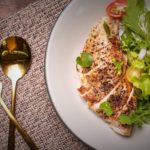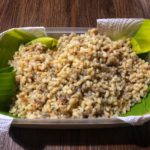Thailand Eggs: Tasty Dishes & The Thai Omelette
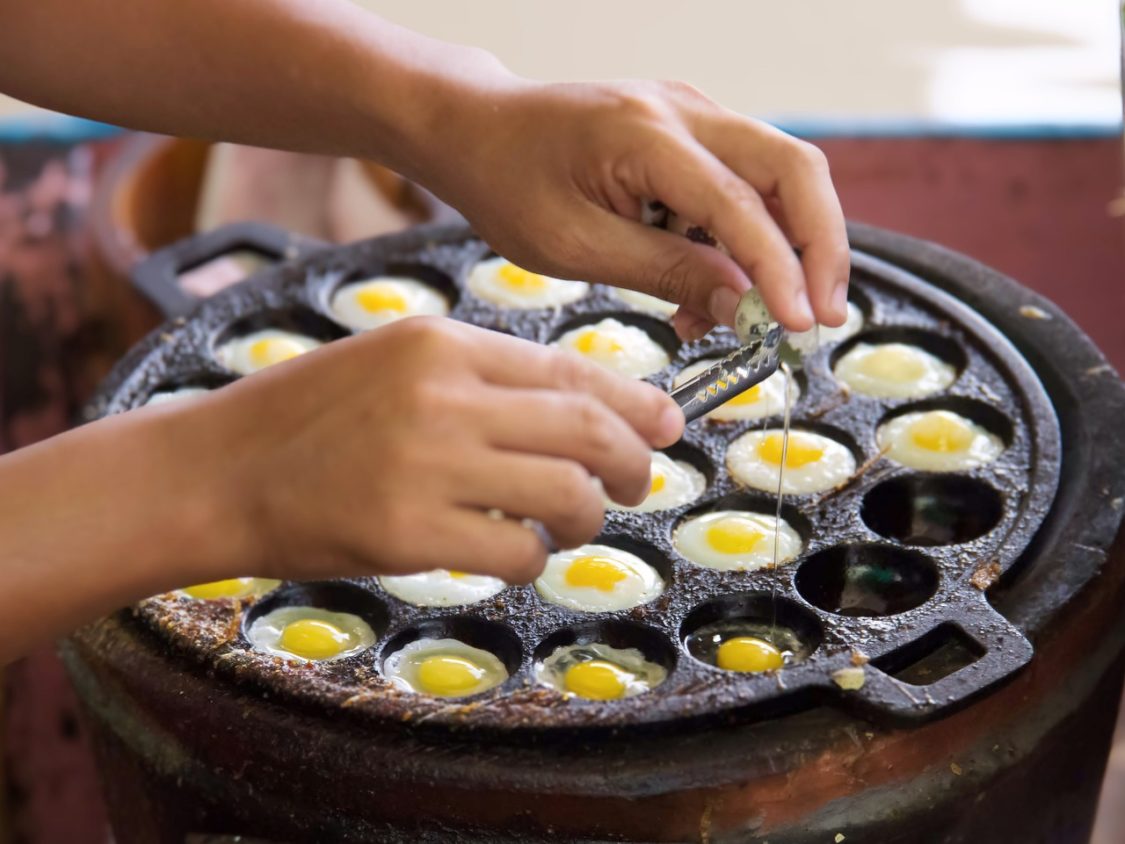
*Seen above is a special skillet used to fry quail eggs in Thailand.
If you love eggs, Thailand has many delicious types of eggs and dishes made with eggs. Farm fresh eggs often taste better in Thailand, especially at street food vendors in rural provinces, because the eggs were bought from village egg sellers with free range chickens.
In addition to famous Thai egg dishes like the Khai Yat Sai and Hoi Tod, there are many Thai street dishes like Pad Kaprao and Pad Khee Mao that are made extra tasty by adding one or two fried eggs on top, especially ones made sunny side up with runny yolks.
Let’s begin by teaching you how to order these eggs atop your dish. What you want to do is immediately after saying the name of your dish, add the phrase:
“Khài dao mâi sook sŏng fong.” (ไข่ดาว ไม่สุก สองฟอง)
The Thai phrase “khài dao” means “fried egg,” although literally it means “egg star” because of how the fried egg looks. The phrase “mâi sook” means “not done,” and the phrase “sŏng fong” means “two of them”.
If you don’t want your egg yolks runny, then you would say “sook” (done) instead of “mâi sook” (not done). Thus if you wanted to order Pad Kaprao with two sunny side eggs on top, you would say:
“Pat gàprao, khài dao mâi sook, sŏng fong” (delete the phrase “sŏng fong” if you want only one egg).
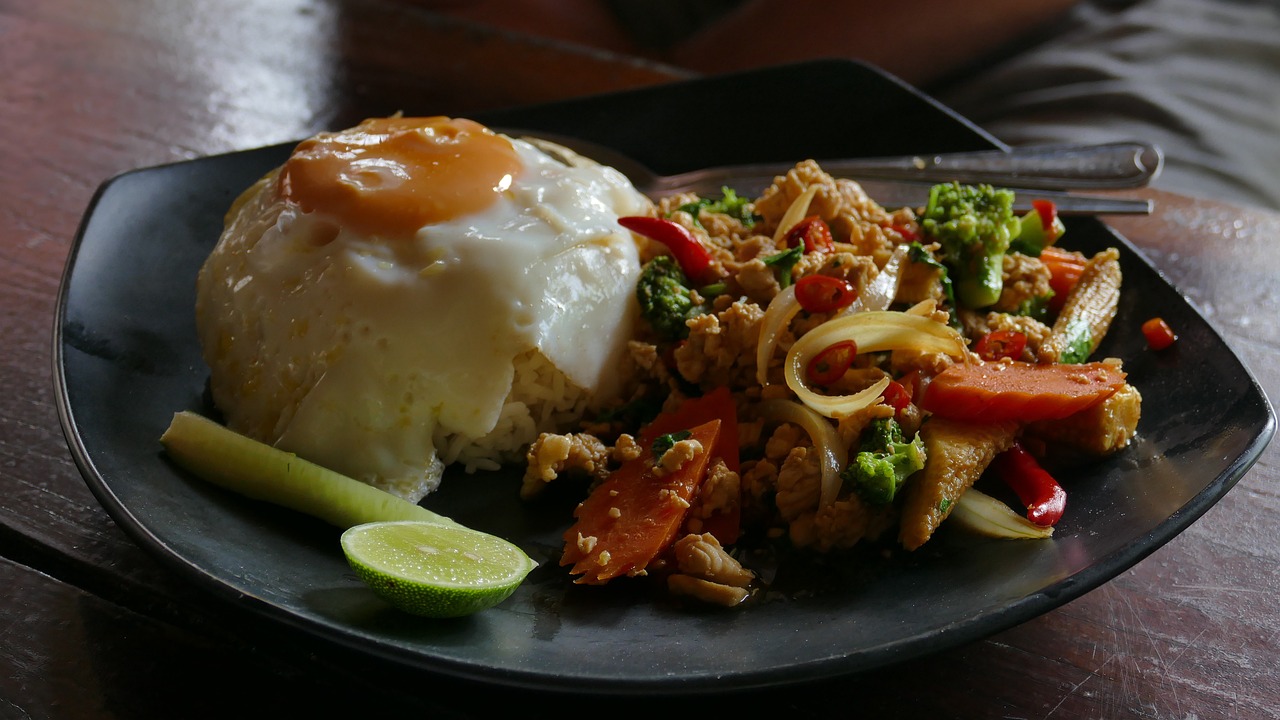
The 4 Best Egg Dishes in Thailand
1. Quail Eggs – Khài Nók-grà-taa (ไข่นกกระทา). You’ll find fried quail eggs being sold at most village markets. They are cooked in a special quail egg maker, and sold either on spears or in a small plastic container. They are extremely cheap, at prices of around 20 baht for 8-10 eggs, but really delicious! The eggs are dipped in a little bit of Maggi sauce, or are topped with something flavorful such as seaweed, crab sticks, or sausage.
2. Thai Omelette with Minced Pork – Khài Jeow Moo Sàp (ไข่เจียวมูสับ). Thailand street chefs do a wonderful job at turning humble ingredients into delicious Thai omelettes. In the “moo sap” version, minced pork, garlic, and seasonings meld together with the eggs to create a satisfying, crispy-on-the-outside, tender-on-the-inside savory omelette. It’s usually served with fragrant jasmine rice and spicy Sriricha sauce (commonly referred to in Thailand as “sawt phik”).
3. Thai Stuffed Omelette – Khài Yát Sâi (ไข่ยัดไส้). A stuffed omelette is similar to the standard Thai omelette, but the outside is fluffy, rather than crisp, and the interior is stuffed with a filling of ground meat, vegetables, and fragrant spices. Sometimes cooks do a western style one that includes cheese in the stuffing. It makes for a heartier meal, and is served once again with steamed jasmine rice and Sriricha sauce.
4. Stuffed Oyster Omelette – Hoi Tod (หอยทอด). Many Thais absolute favorite egg dish is Hoi Tod. You’ll find street chefs in Thailand who make nothing but this oyster omelette (also referred to sometimes as a pancake). Fresh oysters are cooked and enveloped in a batter made of eggs, rice or tapioca flour, and an assortment of tasty seasonings. They all come together in a sizzling pan to create a crispy outer layer and a moist, flavorful interior of zesty oysters. A really mouthwatering meal!
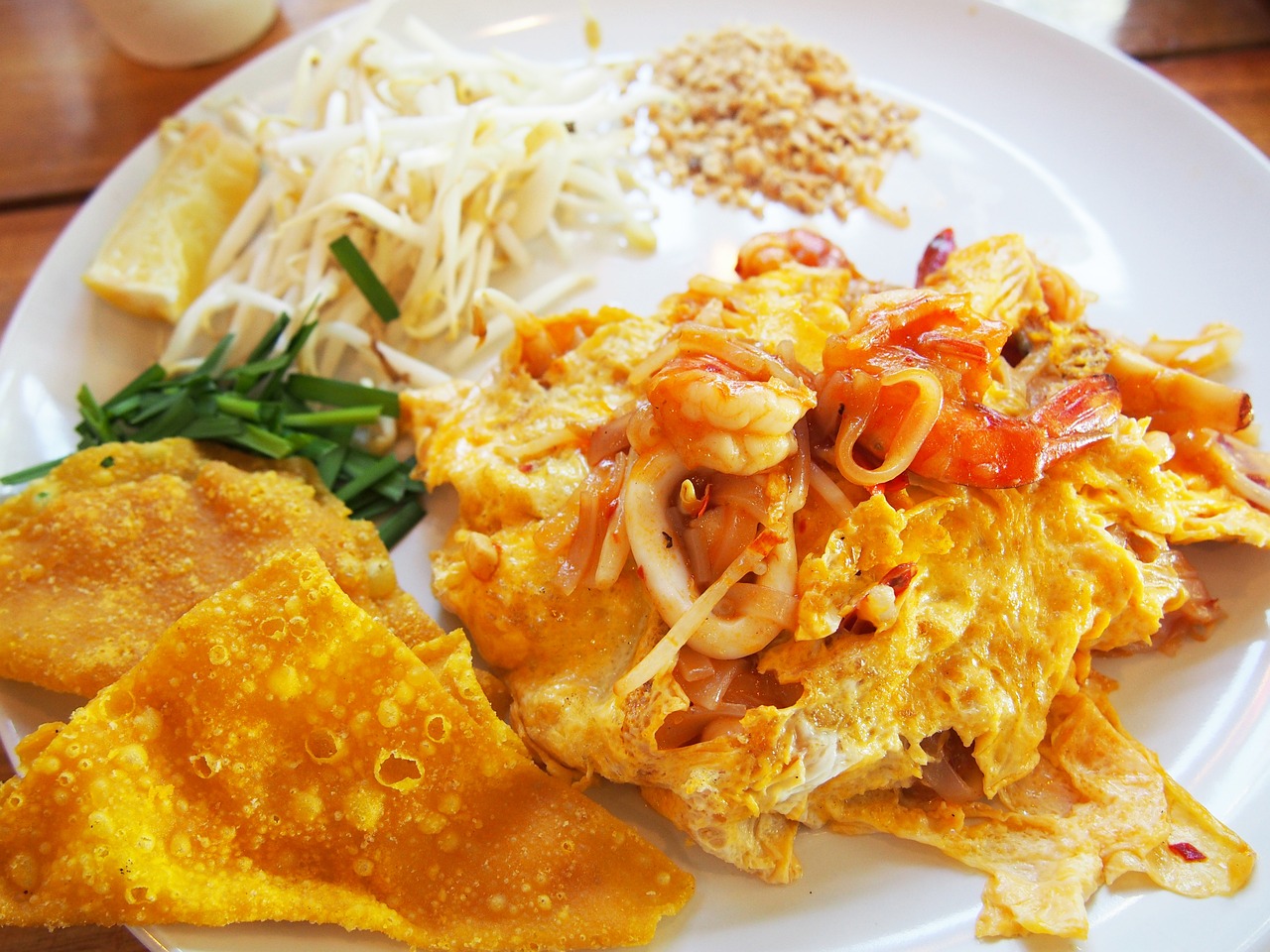
Lastly, a few popular Thai dishes with a different style of egg are Pla Meuk Khai Khem (ปลาหมึกผัดไข่เค็ม), which is stir fried squid with salted eggs. These eggs are created by soaking duck eggs in a saltwater brine. Salted eggs are also used to make a delicious dessert where salted “egg lava” is stuffed into steamed buns.
Then there is the Thai version of the Asian “Century Egg”. This is a preserved egg that goes by the Thai name Khai Yeow Ma (ไข่เยี่ยวม้า), which literally means Horse Urine Egg. No, the eggs are not preserved in horse piss, but let’s just say that they are an acquired taste.
The whites of the century egg are dark green or black, and they have a jelly like texture. They are made by preserving eggs in a mixture of quicklime, tea leaves, salt, rice husks, and ashes.
If you ever see Thai century eggs being sold whole in a market, the shell is pink. Thus they are also referred to as “pink eggs” in Thailand. They can be included in a variety of dishes, such as Pad Kaprao and Rice Porridge.
- Affirmations in Buddhism & Thailand - June 7, 2025
- Speak Thai Naturally Without the Gymnastics - April 20, 2025
- The Best Learn Thai Podcast and YouTube Channel - April 10, 2025



